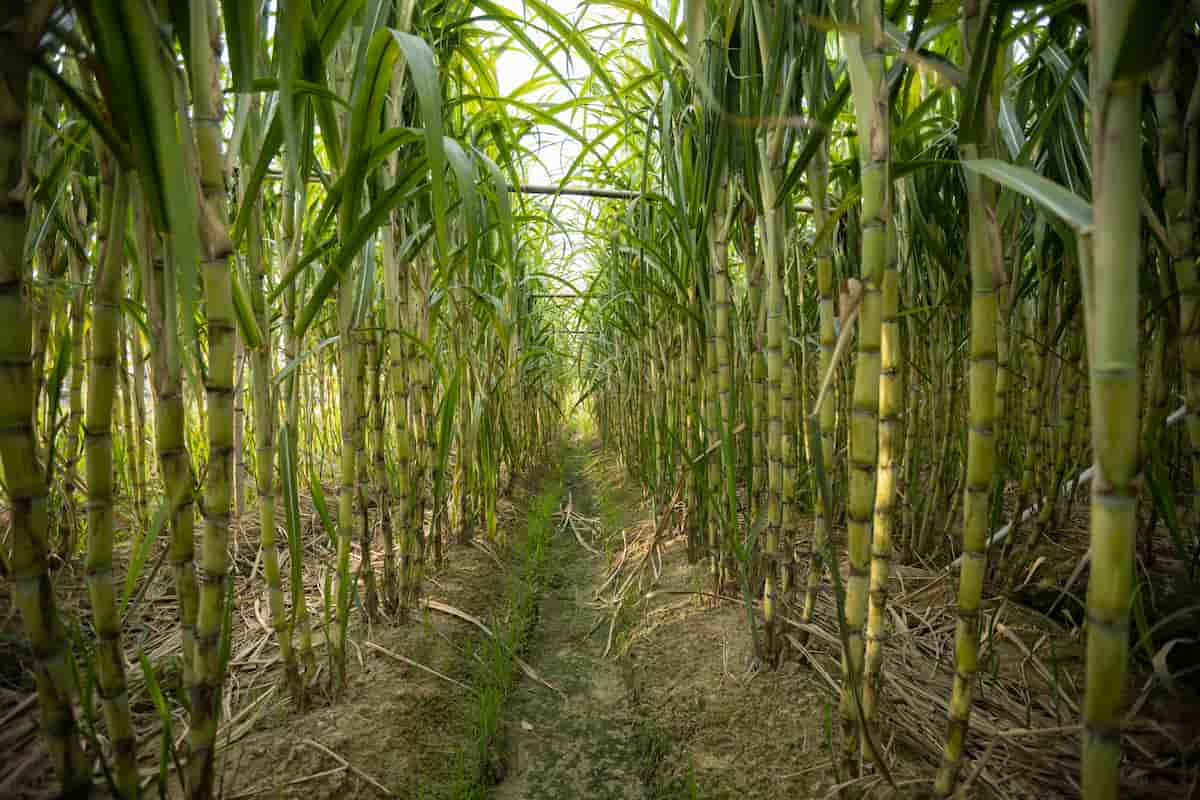The Weather Based Crop Insurance Scheme (WBCIS) protects farmers against adverse weather events, such as deficit and excess rainfall, high or low temperature, humidity, etc., which adversely affect crop production. This scheme provides much-needed relief to farmers by protecting their crops from weather-related damages and losses. It helps them guard against financial insecurity due to crop loss or damage, providing them with a safety net in case of any eventuality.

Weather-Based Crop Insurance Scheme in India
What is the Weather-Based Crop Insurance Scheme?
The Weather-Based Crop Insurance Scheme (WBCIS) is a risk management tool for farmers in India that protects them from weather-related risks such as droughts and floods. The scheme pays out insurance benefits to farmers when adverse weather conditions damage their crops. WBCIS is mandatory for all farmers who have availed of crop loans from financial institutions.
Crops Covered Under Weather-Based Crop Insurance Scheme
WBCIS covers over 50 crops, including cereals, pulses, millets, oilseeds, sugarcane, cotton, jute, and tobacco. It is available in all Indian states except Jammu & Kashmir, and Uttarakhand. The premium for WBCIS insurance is calculated based on the farmer’s crop area and the type of crop grown. Some other crops are Oilseeds and Commercial or horticulture crops.
How Does the WBCIS Scheme Work?
The Weather-Based Crop Insurance Scheme (WBCIS) in India is a government-sponsored program that helps farmers financially recover from crop losses due to adverse weather conditions. The scheme reimburses farmers for part of their loss based on the severity of the damage caused by the weather. The WBCIS is available for all crops except rice and wheat and covers yield losses of up to 50 percent.
To be eligible for coverage, farmers must have a minimum acreage of land under cultivation and insurable crops planted. They also must have paid their premium on time. Farmers can purchase insurance for their cropland at any point during the season, but they must do so before the onset of adverse weather conditions. The WBCIS has been criticized for being too expensive and not covering enough farmers.
Objectives of Weather-Based Crop Insurance Scheme
- The objectives of the Weather Based Crop Insurance Scheme (WBCIS) are to provide insurance coverage and financial assistance to farmers in the event of crop loss due to adverse weather conditions and to encourage the adoption of district-level risk management strategies for crop production.
- The WBCIS is implemented by the Department of Agriculture, Cooperation and Farmers Welfare (DAC&FW), Ministry of Agriculture and Farmers Welfare, Government of India. The scheme is administered by the National Agricultural Insurance Company (NAIC).
- Under the scheme, farmers can insure their crops against inherent risks such as drought, flood, excessive rainfall, hailstorms, hurricanes/cyclones, etc.
- The government fixes the premium rates for WBCIS based on actuarial principles. The claims settlement process is transparent and simple, with payments made directly into the farmer’s account within a specified time frame.
In case you missed it: A Step-by-Step Guide for Growing Kale Microgreens: DIY in Simple Way from Seeds in Containers

Eligibility Criteria for the WBCIS Scheme
- Be small and marginal farmers, as defined by the Government of India
- Be between 18 and 60 years of age
- Have cultivated the insured crop in the specified area for which insurance is sought
- Not have availed insurance cover under any other similar schemes offered by the Government of India
- Have paid the required premium for the insurance cover
- All small and marginal farmers holding Valid Farmer Cards issued by State Government/UTs are eligible for the scheme
- Coverage under this scheme is compulsory for all loanee farmers availing crop loans from financial institutions
- The farmer must have cultivated the insured crop in at least one out of the last two years on the same land holding
Implementation of the WBCIS Scheme in India
- The Agriculture Insurance Company of India (AIC) implements the scheme.
- Under the scheme, farmers are provided with insurance coverage against the loss of crops due to adverse weather conditions.
- The scheme covers all types of crops grown in India.
- The premium for the insurance cover is calculated based on the type of crop, the area under cultivation, and the weather conditions prevailing in the region. Farmers can purchase the insurance cover from any of the AIC’s regional offices or any of the company’s authorized agents. The policy period is usually from June to May of the following year.
- The WBCIS has helped many farmers in India recover from losses caused by adverse weather conditions. It is one of the most popular schemes implemented by AIC and has helped improve farmers’ confidence in agriculture as a viable occupation.
- The WBCIS provides insurance coverage against adverse weather conditions such as drought, excess rainfall, and heat wave. The scheme compensates farmers for yield losses due to adverse weather conditions.
How Does Weather Based Crop Insurance Scheme Select Areas and Crops?
The Weather-Based Crop Insurance Scheme (WBCIS) in India is designed to protect farmers’ crops from weather-related risks. The scheme covers various crops, including cereals, pulses, oilseeds, and horticultural crops. Under the scheme, farmers can purchase insurance policies that cover their crops against loss due to adverse weather conditions.
The WBCIS uses a risk-based approach to selecting areas and crops for coverage. Factors such as the extent of damage caused by weather events, the frequency of such events, and the vulnerability of the crop to weather-related risks are considered when determining which areas and crops to include in the scheme. This ensures that the WBCIS provides adequate protection to farmers against losses due to weather-related risks.
Benefits of the WBCIS Scheme
- It protects farmers against crop loss due to adverse weather conditions such as drought, floods, etc.
- It covers various crops, including cereals, pulses, oilseeds, and spices.
- It offers financial assistance to farmers in case of crop loss.
- It helps farmers tide over difficult times by providing them with financial security.
In case you missed it: Cassava Processing Plant Business Plan: A Profitable Venture for Cassava Farmers

How to Apply for a Weather-Based Crop Insurance Scheme?
To apply for the WBCIS, farmers must visit the nearest agricultural insurance company or a bank with which they have an account. They must submit certain documents, including their Aadhar number and an application form. The premium for the insurance cover will be calculated based on the farmer’s landholding size and crop type.
Conclusion
Farmers in India are among the most vulnerable to the impacts of climate change. Erratic monsoon rains, floods, and droughts can drastically affect their yields. Many countries have established insurance schemes for agricultural production to help farmers manage the risk of weather-related crop loss. WBCIS is a great development for farmers throughout the country.
- Feed Your Flock for Less: Top 10 Tips to Save on Chicken Feed
- Ultimate Guide to Ossabaw Island Hog: Breeding, Raising, Diet, and Care
- Hatching Answers: The Top 10 Reasons Your Chickens Aren’t Laying Eggs
- Eggs and Economics: Breaking Down the Cost of Raising Backyard Chickens
- Defend Your Greens: Proven Methods to Keep Iguanas Out of Your Garden
- Ultimate Guide to Cinnamon Queen Chicken: A Comprehensive Guide for Beginners
- Ultimate Guide to California Tan Chicken: Breeding, Raising, Diet, Egg-Production and Care
- Ultimate Guide to Marsh Daisy Chicken: Breeding, Raising, Diet, and Care
- 10 Types of Chicken Farming Businesses You Can Start for Profits